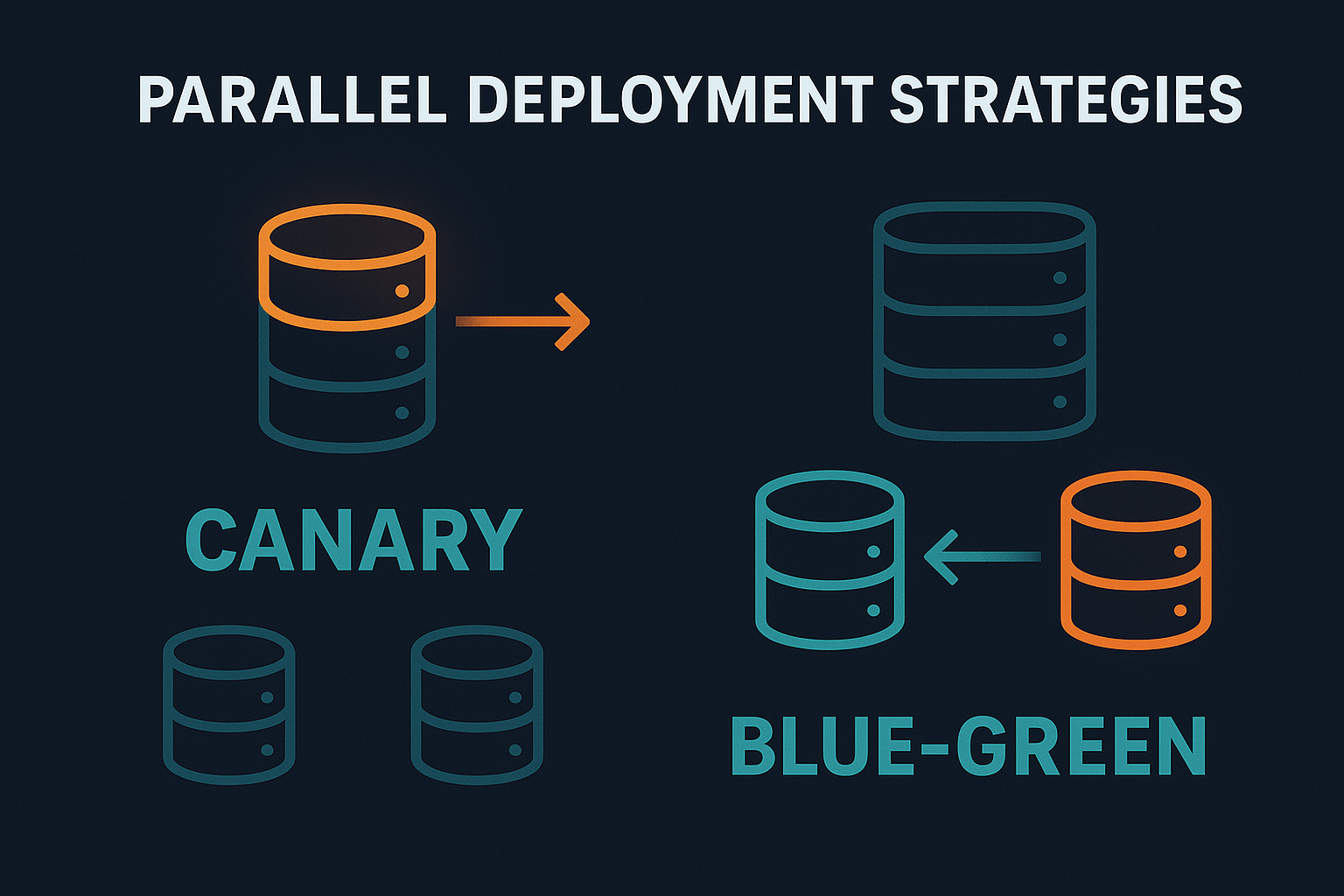Parallel Deployment Strategies: Canary and Blue-Green Deployments
In software deployment, rolling out new versions in a way that’s safe, manageable, and reversible is crucial. Parallel deployment strategies, like canary and blue-green deployments, allow teams to test new versions of software in real-world environments without fully committing until they’re confident in its stability. These approaches reduce the risk of downtime and help ensure that new code performs as expected. In this post, we’ll dive into canary and blue-green deployments, how they work, and when to use each strategy. The Importance of Parallel Deployments Parallel deployment strategies allow new code to coexist with older versions, giving teams the flexibility to test features incrementally. By running new and old versions side by side, teams can monitor the performance of the new version, catch issues early, and roll back quickly if problems arise. These strategies are especially valuable in large, complex systems where changes can have far-reaching effects. Canary Deployments: Testing with a Small User Group Canary deployments get their name from the canaries miners once used as an early warning system for toxic gases. In software, a canary deployment involves releasing a new version of code to a small subset of users initially, while most users continue on the stable, [...]


